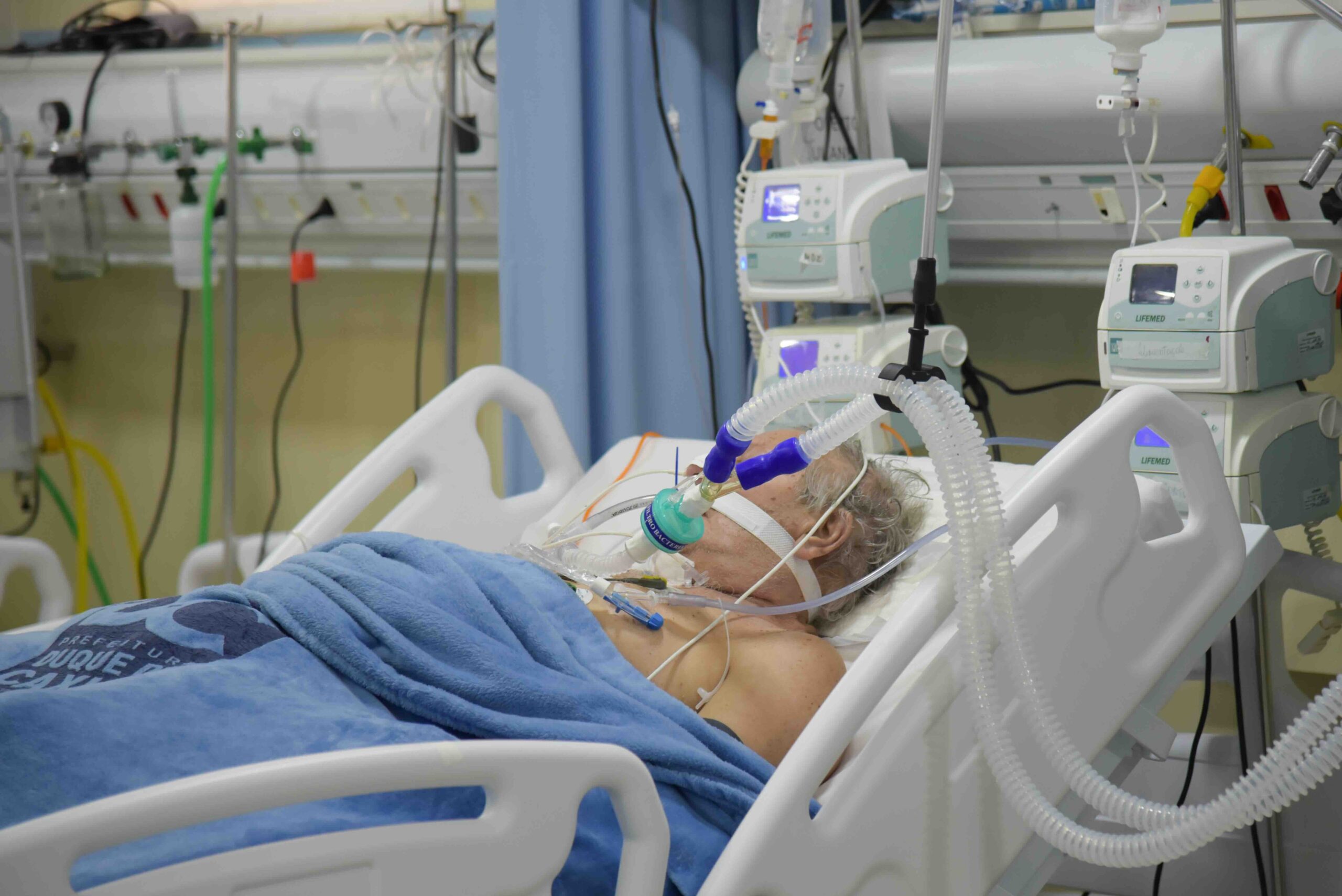Data collected by the Australian and New Zealand Intensive Care Society shows that 4% of patients are readmitted to intensive care. This readmission rate is currently being used to lobby for more beds in intensive care. It is argued that more beds will prevent readmissions.
It is true that readmissions to intensive care are often preventable. However, the solution may not be to open more beds. More financial resources for more intensive care beds will only increase the inequalities in our health care system that currently favours high-tech care. It may be better, as well as more economical, to improve follow-up care in general hospital wards and in the community.
There are a number of factors that contribute to patients “bouncing back” to intensive care. One factor is inadequate follow-up care. A woman whose son received critical injuries described her son’s care as “intensive care, no care, then don’t care”. Her son’s life was saved. Then what?
Intensive care services are important because they save lives. But health care policies must also consider long term recovery and quality of life. To help people make the best possible recoveries after a critical illness, adequate resources must be allocated for a range of health care services. It is not just about providing intensive care and then washing our hands. Patients also need health care services on general wards, in rehabilitation hospitals, and at home.
In Australia, it has been estimated that approximately 10% of total hospital costs are spent on intensive care units. Intensive care units have a high staff-patient ratio with access to sophisticated medical technologies. When patients are transferred to a general hospital ward, however, many are set adrift.
Unlike intensive care, the general hospital wards are inadequately staffed, mostly by junior health care practitioners. Inexperienced nurses are often out of their depth when caring for a patient who has been transferred from intensive care.
In such an environment, many patients “fall in a hole” soon after leaving intensive care. To prevent such sudden deteriorations, it is considered preferable to keep patients in intensive care longer. However, with the high demand for beds, this is rarely possible.
Although it is false economy to push patients out of intensive care prematurely, opening more beds to keep patients longer in intensive care is only a bandaid solution. The underlying cause of many readmissions to intensive care is lack of resources on the general wards. With better resources and staffing levels on general wards, all patients will be safer, including patients discharged from intensive care.
The lack of health care services in the community may also contribute to readmissions to intensive care. When patients are discharged home, they rely on ‘community care’. Unfortunately, ‘community care’ is now a euphemism for ‘family care’. After discharge home, a GP or community nurse may visit a patient each day for an hour or so. The remainder of the day is left for family members to provide care. Although family members do the best they can, it is extremely difficult with no experience or training in the tasks they are expected to perform. Without adequate support in the community, patients may deteriorate and need readmission to intensive care. This certainly seems a false economy.
For the health care system to use intensive care wisely, adequate follow-up services must also be provided. High quality health care services on the general wards and in the community will reduce the rate of readmission to intensive care. It may also prevent some people from becoming so sick that they require intensive care at all.
Intensive care is not separate from the other parts of the health care system; money spent on intensive care is money not spent elsewhere. Nowadays patients have access to sophisticated life-saving procedures in intensive care but may not have access to other less intensive services that may help them to live. From my perspective, this does not make any sense.
First published on ABC Radio National’s Perspective on 26 August 2004
